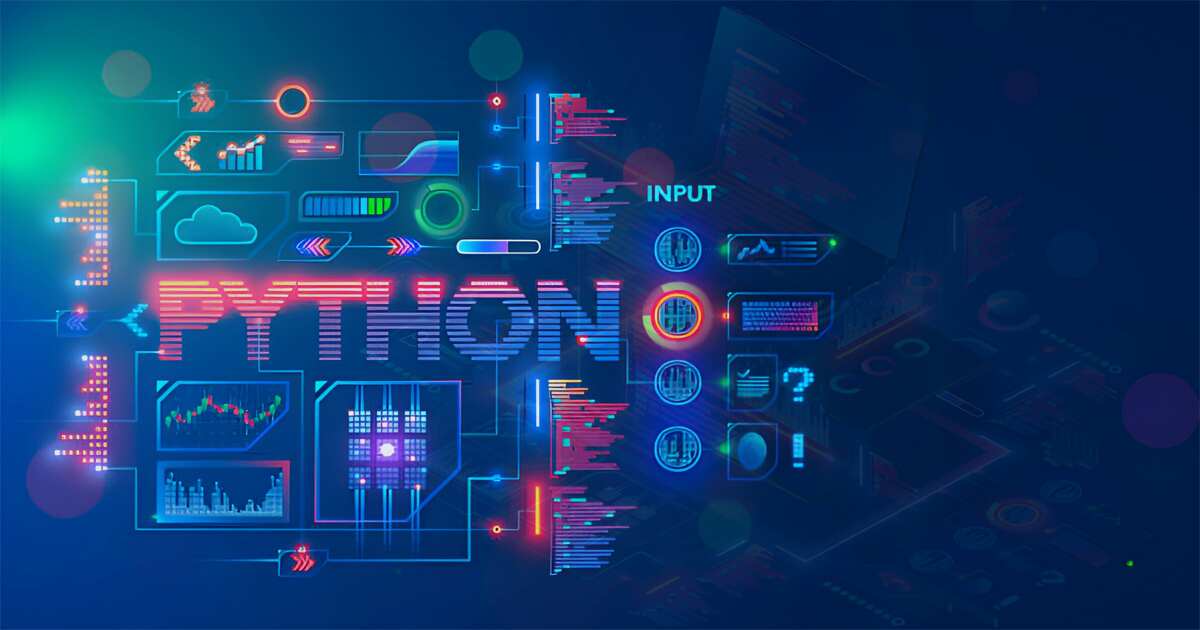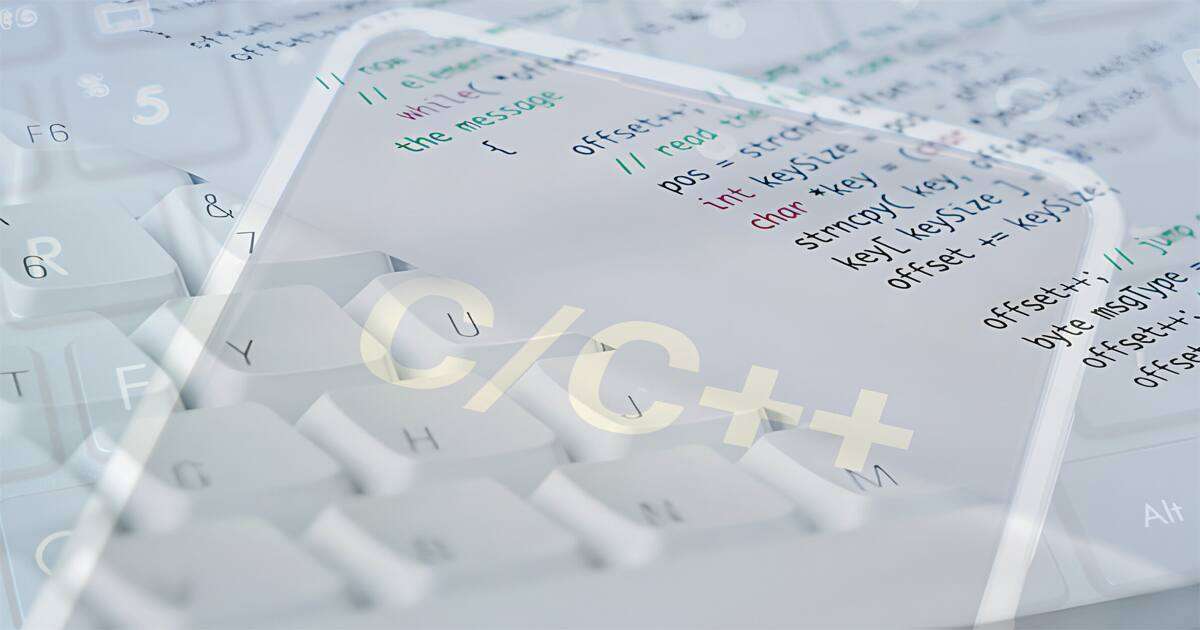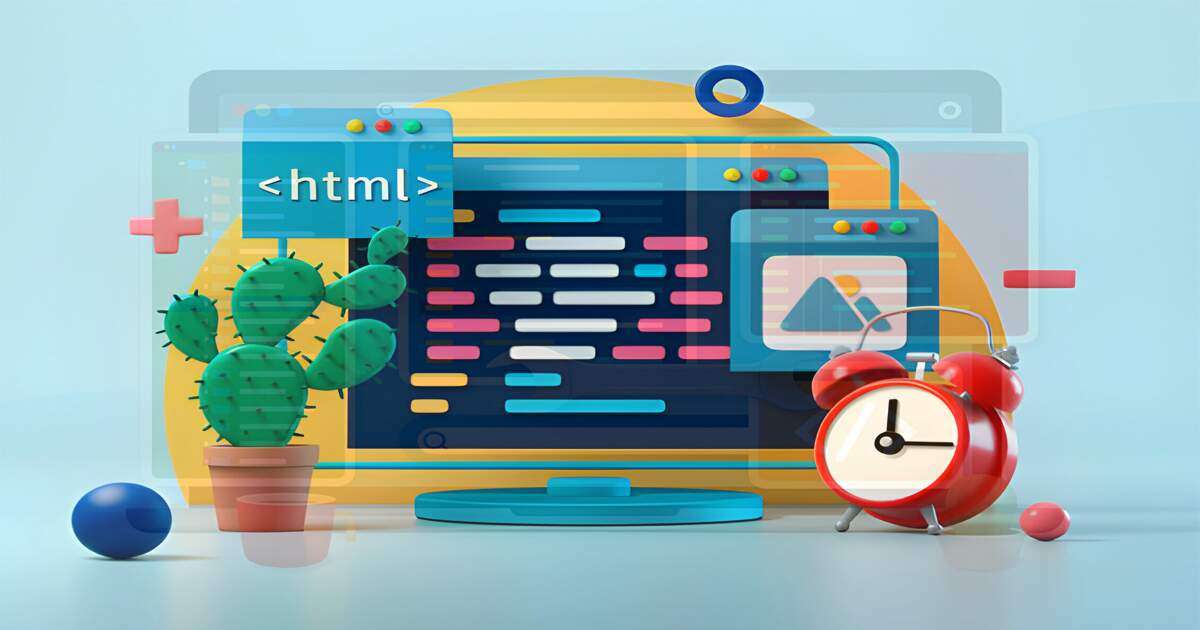In the dynamic landscape of technology, choosing the correct programming language is akin to selecting the perfect tool for a craftsman. Each programming language possesses unique features and capabilities that cater to specific needs, making it imperative for developers to understand the nuances of each. Renowned for its portability and versatility, Java is a stalwart in enterprise-level applications. With its clean syntax and readability, Python has become a favorite for web development and data science.
C++, lauded for its efficiency and performance, is the backbone of system-level programming. At the same time, JavaScript dominates web development with its ability to create interactive and dynamic user interfaces. Ruby, known for its simplicity and elegance, finds its niche in web application development. Swift, the brainchild of Apple, is the go-to language for iOS app development, emphasizing speed and safety. PHP, a server-side scripting language, is integral for web development projects.
Kotlin, as a modern programming language, seamlessly interoperates with Java and has gained popularity for Android app development. TypeScript, a superset of JavaScript, adds static typing to the mix, enhancing code maintainability. Finally, with its concurrency support and efficient compilation, Go excels in developing scalable and reliable software systems. In the vast expanse of programming languages, each keyword represents a unique entry point into technology, offering developers a diverse toolkit to bring their ideas to life.
Python Programming Syntax
Python programming syntax is the foundation for the language’s simplicity, readability, and widespread adoption. At its core, Python embraces the philosophy of readability, emphasizing clean and concise code. One of the standout features of Python syntax is its use of indentation to denote code blocks, eschewing traditional braces. This enhances code readability and enforces a standardized structure.
Python’s syntax is dynamically typed, allowing developers to declare variables without specifying their data types explicitly. This flexibility streamlines the coding process and accelerates development. The language’s syntax also supports list comprehensions, enabling succinct and expressive ways to create lists in a single line.
The versatility of Python is further underscored by its object-oriented programming (OOP) support, allowing developers to structure code in a modular and reusable manner. Functions in Python are defined using the ‘def’ keyword, and the language supports default argument values, making functions adaptable to various use cases.
Additionally, Python’s syntax facilitates easy integration with external libraries and frameworks, contributing to its popularity in data science, machine learning, and web development. The clarity and simplicity of Python programming syntax empower beginners and seasoned developers to write efficient and maintainable code. As a result, Python stands as a testament to the significance of syntax in shaping a language’s user experience and widespread appeal.
Java Programming Language
The Java programming language has long been an indomitable force in software development, renowned for its portability, reliability, and versatility. As a cornerstone of enterprise-level applications, Java’s syntax is robust and intuitive, enabling developers to create scalable and platform-independent solutions.
One of Java’s defining features is its “write once, run anywhere” mantra, facilitated by the Java Virtual Machine (JVM). This abstraction layer allows Java applications to run seamlessly on diverse systems, making it a preferred choice for building cross-platform software.
Java’s syntax is object-oriented, promoting modular and organized code structures. The language supports multithreading, exception handling, and automatic memory management through garbage collection, enhancing its capability to develop complex, high-performance applications.
Furthermore, Java’s extensive standard library provides rich tools and frameworks, reducing development time and effort. Popular frameworks like Spring have solidified Java’s position in enterprise application development, offering comprehensive solutions for building scalable and maintainable systems.
As technology evolves, Java remains relevant, with consistent updates and improvements. Its stability, performance, and extensive community support make Java a stalwart in the programming landscape, empowering developers to craft robust and efficient software solutions. Whether in web development, mobile applications, or backend systems, the Java programming language remains a reliable workhorse in the ever-expanding realm of technology.
C++ Programming
C++ programming is a stalwart in computer programming, celebrated for its efficiency, versatility, and extensive applications. As an extension of the C language, C++ inherits low-level functionalities while introducing object-oriented programming (OOP) features, making it a robust choice for system-level programming and software development.
One of the critical strengths of C++ programming lies in its ability to manage both high and low-level functionalities, providing developers with fine-grained control over system resources. This makes it a preferred language for developing performance-critical applications, including game engines, operating systems, and embedded systems.
C++ syntax is powerful yet flexible, supporting features like pointers, manual memory management, and operator overloading. The language’s emphasis on efficiency and performance makes it a go-to choice for resource optimization scenarios.
Object-oriented programming in C++ allows developers to create modular and reusable code through classes and objects. The language also supports polymorphism, encapsulation, and inheritance, enhancing code organization and maintainability.
The extensive standard template library (STL) in C++ provides a collection of robust data structures and algorithms, further simplifying and expediting the development process. Whether crafting high-performance applications or delving into the intricacies of system-level programming, C++ programming remains a cornerstone for developers seeking a balance between efficiency and expressive power in their coding endeavors.
Kotlin Programming Language
Kotlin, a modern programming language, has rapidly gained prominence in software development for its conciseness, expressiveness, and seamless interoperability with Java. JetBrains developed Kotlin as a versatile language, offering developers an enhanced experience in building robust and efficient applications across various platforms.
The syntax of Kotlin is designed to be concise and expressive, reducing boilerplate code and enhancing readability. Its interoperability with Java allows developers to leverage existing Java libraries and frameworks seamlessly, making it an ideal choice for projects where migration or coexistence with Java code is essential.
One of Kotlin’s standout features is its focus on null safety, addressing a common source of bugs in programming. The language introduces nullable and non-nullable types, reducing the likelihood of null pointer exceptions and enhancing code reliability.
Kotlin’s support for functional programming paradigms and features like lambda expressions and extension functions empowers developers to write clean and concise code. Additionally, Kotlin is the preferred language for Android app development, providing a more straightforward and expressive alternative to Java.
The Kotlin programming language, with its modern syntax and robust features, is not only a practical choice for Java developers but also an excellent option for those entering the world of software development. As it continues to evolve, Kotlin is poised to play a pivotal role in shaping the future of cross-platform application development.
HTML (HyperText Markup Language)






